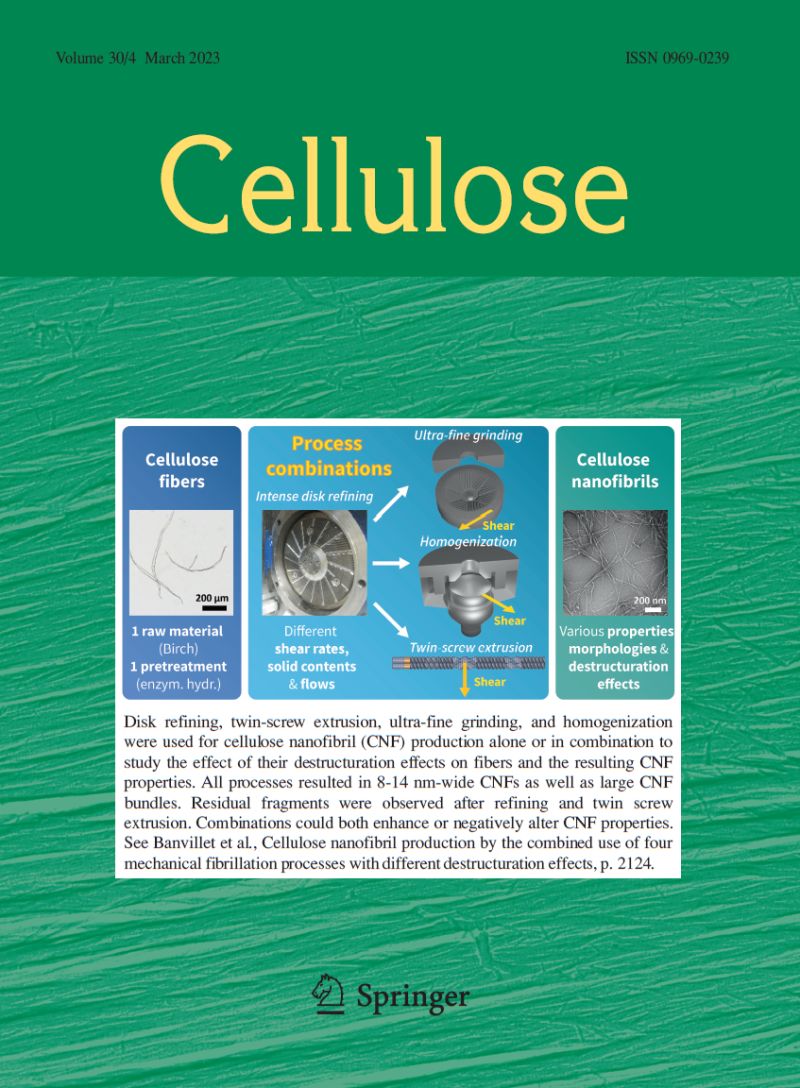Cellulase entrapment in calcium alginate hydrogel beads for improved reusability and hydrolysis of cellulosic biomass
Abstract
The extraction of reducing sugars from mixed cabbage residue (MCR) biomass relies on the action of cellulase. However, using cellulase directly in hydrolysis requires further development due to its instability and high cost. To address this issue, the current study entrapped cellulase in calcium alginate hydrogel beads. The entrapment efficiency was determined to be 79.44 ± 6.33%. Immersing the entrapped cellulase in calcium chloride solution for 2 h at 4 °C before starting a new hydrolysis cycle can stabilize the structure of alginate beads and maintain the relative enzyme activity. The entrapped cellulase showed a 7.59-fold increase in cumulative reducing sugar yield from microcrystalline cellulose (MCC) after being recycled 10 times, with more than 90% remaining capacity of its original hydrolysis rate. Additionally, the entrapped cellulase demonstrated the ability to hydrolyze MCR, achieving a reducing sugar yield of 14.84 ± 0.69 mg/g MCR from MCR particles smaller than 1 mm. Therefore, entrapping the enzyme can be applied to minimize the utilization of cellulase in biomass/cellulose hydrolysis and increase the production of cleaner sugars for pharmaceutical or food industry applications.


 求助内容:
求助内容: 应助结果提醒方式:
应助结果提醒方式:


